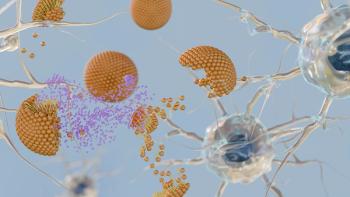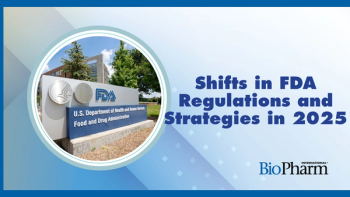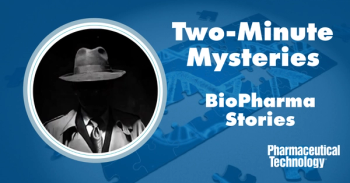
Gyros Protein Technologies Announces New Titer Kit
Gyros’ new titer kit identifies adeno-associated virus serotype 9 in vector-based cell and gene therapy manufacturing.
Gyros Protein Technologies, a peptide synthesizers and reagents provider, introduced the GyrolLab AAv9 Titer Kit on Sept. 30, 2021. The Gyrolab is designed for rapid determination of physical titer in adeno-associated virus serotype 9 (AAV9) vector-based cell and gene therapy manufacturing.
The Gyrolab is based on a highly selective AAV9 affinity ligand. The company indicated that the AAV9 serotype was used as a gene delivery vector because of its ability to cross the blood-brain barrier and target the central nervous system with high efficiency.
Gyros claims that the Gyrolab has an improved assay working range compared to enzyme-linked immunoassay (ELISA) methods and can generate 96 data points in 80 minutes. Additionally, the company states that it can handle 10x smaller sample volumes relative to ELISA methods.
“The addition of Gyrolab AAV9 Titer Kit to our portfolio of ready-to-use kits exemplifies our commitment to offering the whole range of tools required for analytical characterization during manufacturing and purification of cell and gene therapies,” said Mark Vossenaar, vice-president and general manager of Gyros Protein Technologies, in the press release. “Physical titer determination is one of the key quality attributes of the FDA process validation guidelines and our new kit will enable researchers to maximize performance and productivity when developing therapies based on the AAV9 serotype, which will ultimately reduce the time needed to produce patient treatments.”
Source:
Newsletter
Stay at the forefront of biopharmaceutical innovation—subscribe to BioPharm International for expert insights on drug development, manufacturing, compliance, and more.





